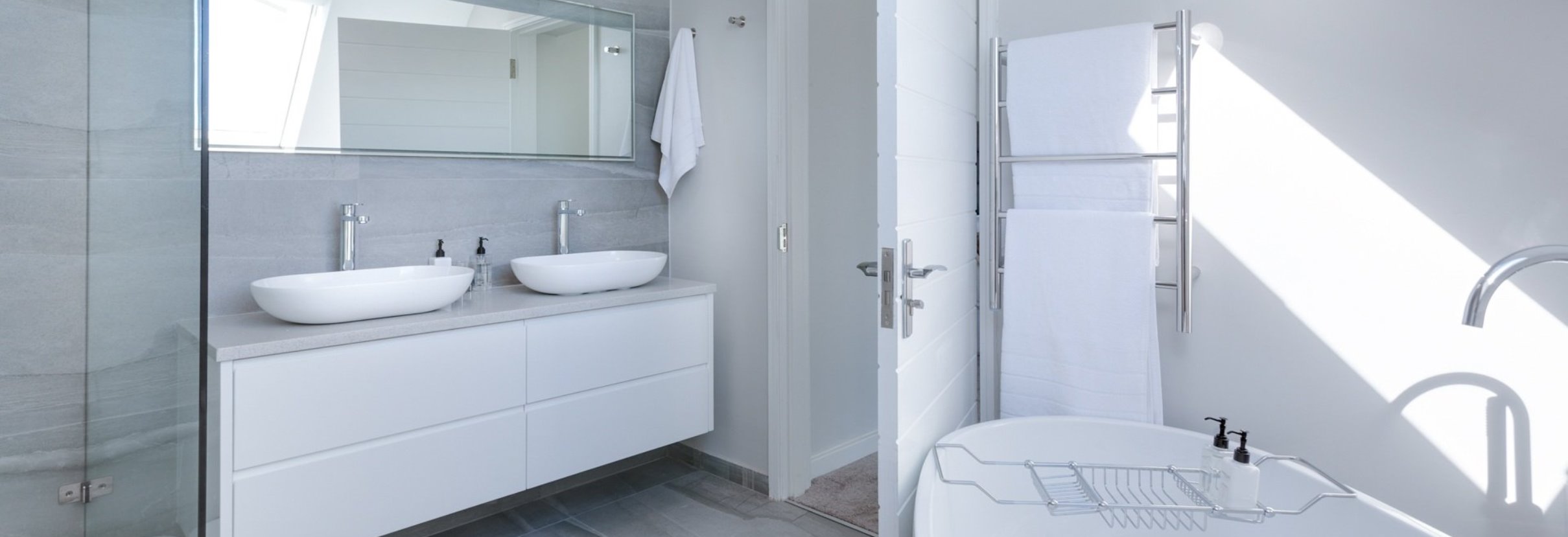Legionnaire / legionella Risk Assessment
GUIDANCE ON LEGIONNAIRES' DISEASE; Landlords of residential accommodation have responsibilities for combating Legionnaires' Disease. Health and safety legislation requires that rented properties are subject to a regular risk assessment for the Legionella bacteria which causes Legionnaires' Disease, and thereafter maintain control measures to minimise the risk.
What is Legionnaires' Disease? Legionnaires' Disease is a pneumonia like illness caused by the Legionella bacteria and can be fatal. The infection is caused by breathing in small droplets of water contaminated by the bacteria. The disease cannot be passed from one person to another. Legionella bacteria are found in the natural environment and may contaminate and grow in water systems, including domestic hot and cold-water systems. They survive low temperatures and thrive at temperatures between 20 - 45°C if the conditions are right. They are killed by high temperatures at 60°C or above.
The purpose of carrying out a risk assessment is to identify and assess any risks in your water system. in order to conclude whether the system is likely to create a risk from exposure to legionella, and should be able to identify whether:
• water is stored or re-circulated as part of your system
• the water temperature in some or all parts of the system is between 20–45 °C
• there are sources of nutrients such as rust, sludge, scale and organic matters
• conditions are present to encourage bacteria to multiply
• it is possible for water droplets to be produced and, if so, whether they could be dispersed over a wide area, e.g., showers and aerosols from cooling towers
Residents, visitors etc. are more susceptible to infection due to age, illness, a weakened immune system etc. and whether they could be exposed to any contaminated water droplets Your risk assessment should include:
• management responsibilities, including the name of competent person and a description of your system;
• potential sources of risk;
• any controls in place to control risks;
• monitoring, inspection and maintenance procedures;
• records of the monitoring results, inspections and checks carried out;
• arrangements to review the risk assessment regularly.
For your peace of mind we are insured for both public liability and professional indemnity
